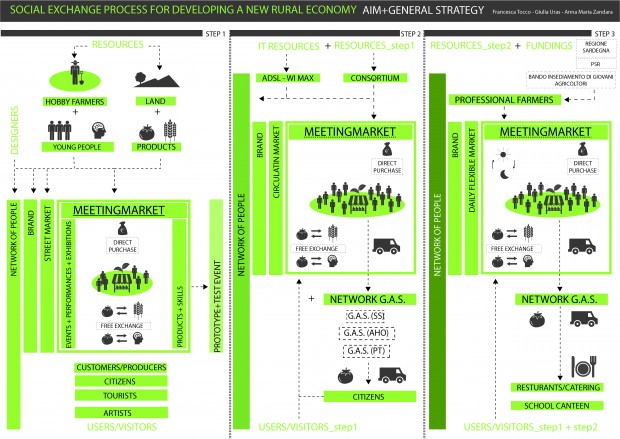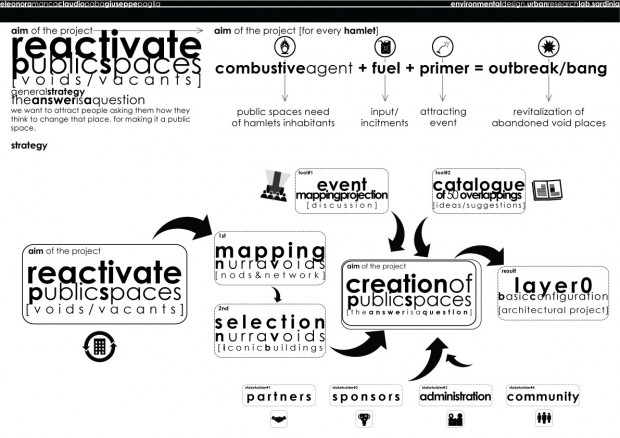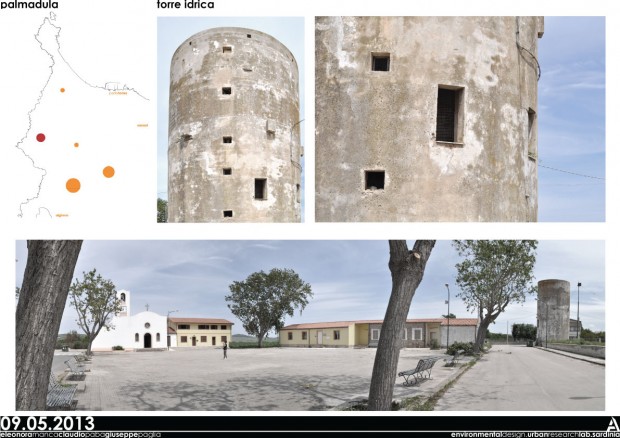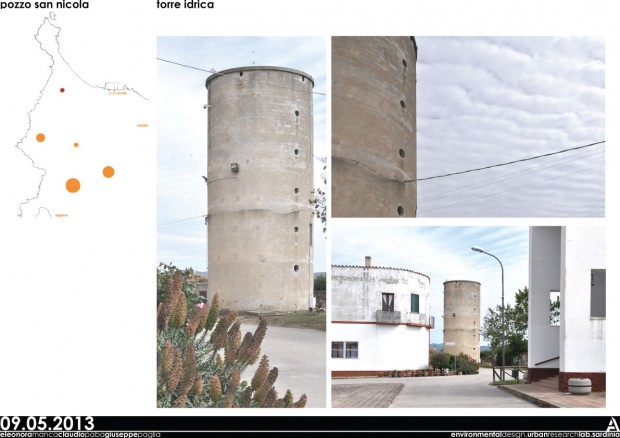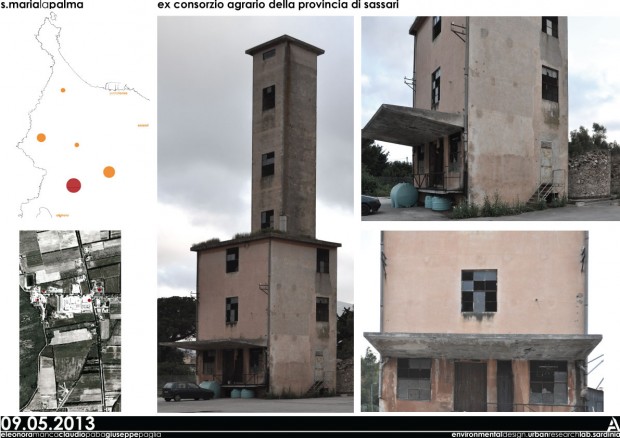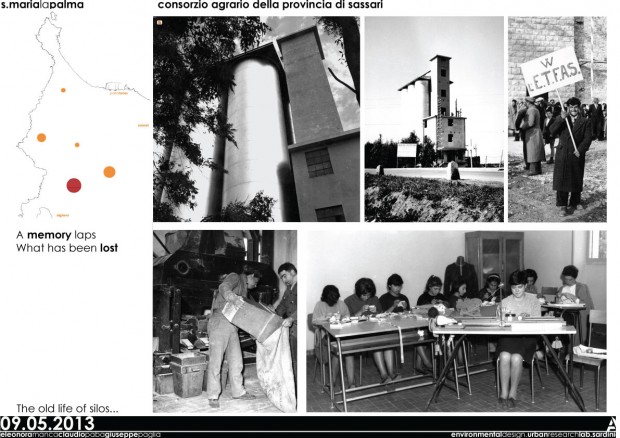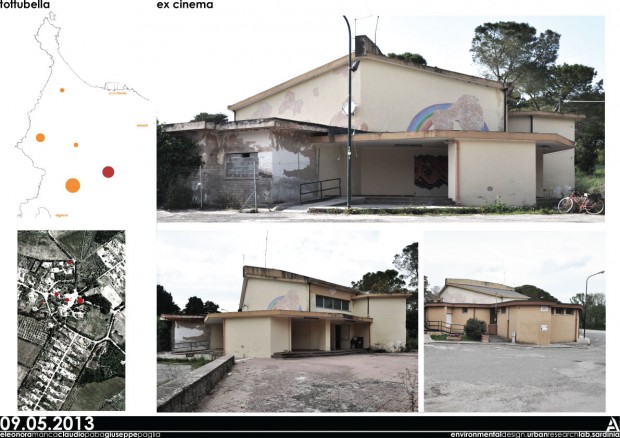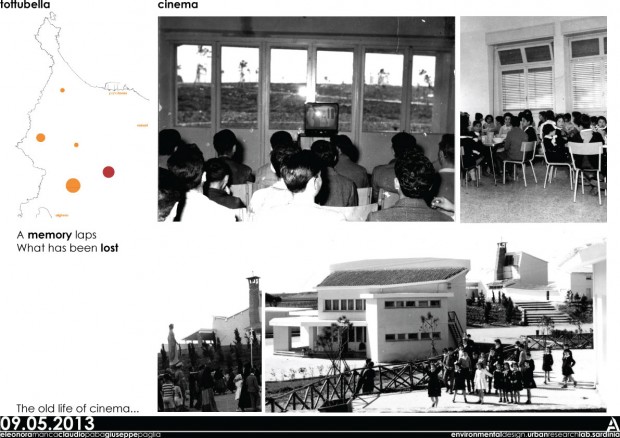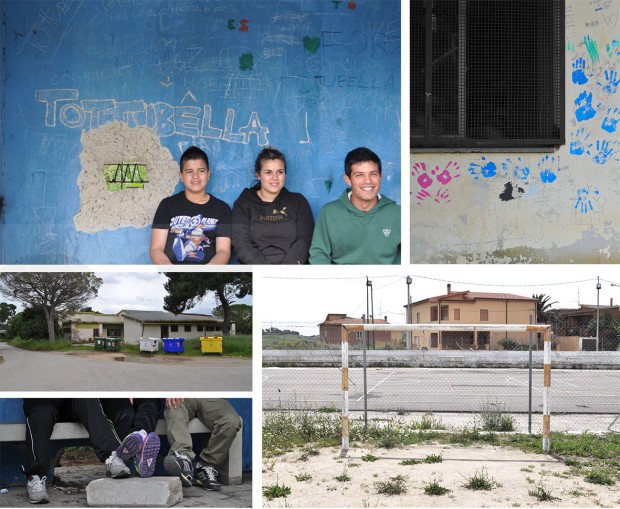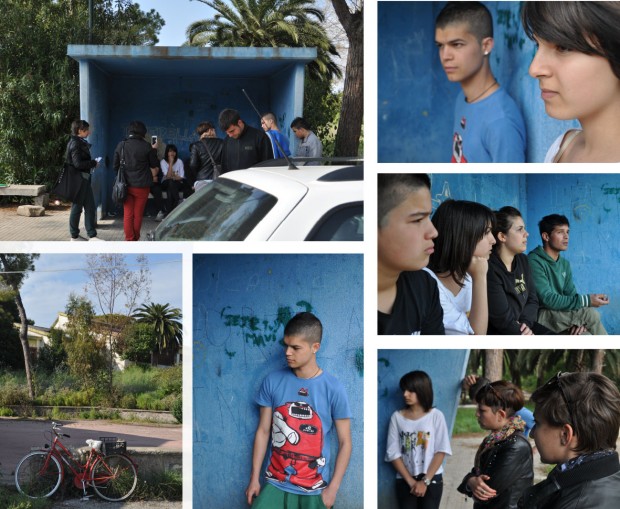Networked Urbanism
design thinking initiatives for a better urban life
apps awareness bahrain bike climate culture Death design digital donations economy education energy extreme Extreme climate funerals georeference GSD Harvard interaction Krystelle mapping market middle east mobility Network networkedurbanism nurra nurraempathy placemaking Public public space resources Responsivedesign social social market Space time time management ucjc visitor void waste water Ziyi
nurra
Meeting event in Tottubella anna maria zandara
Our new brand zandara anna maria
In order to present our new brand for a new market project in the Nurra area, we planned a meeting event in Tottubella, published on project’s Facebook page called “Tottu in Pares Tottubella” (Sardinian language sentence for “All together Tottubella”).
We printed out several flyiers to show citizens how the project could be developed and which step we could pass trhough to get the goal.
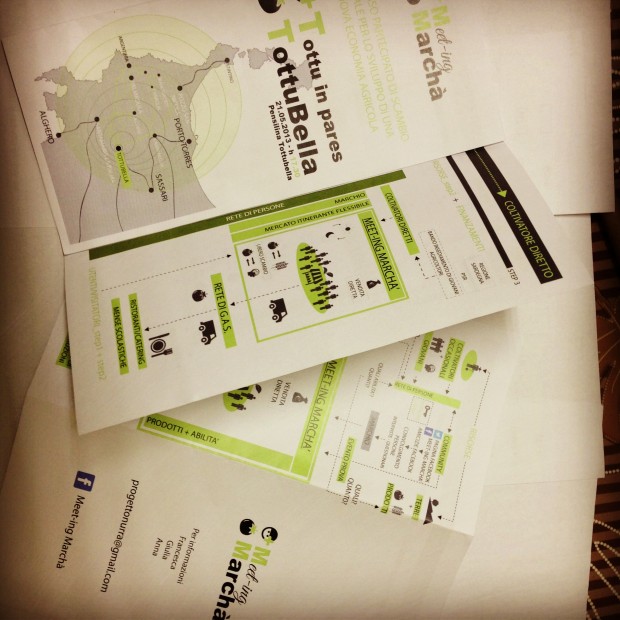
Once there we met some guys who are interested into partecipate and we found out there is an Volountary Association called “Alfa uno”, who are going to help us in order to realize our project. They offered us to meet each other together with their president, some members and the young guys, who welcomed us, in one own house of them. When we were sitting at the table all together, we had the chance to present and propose our project, distribuiting our flyiers to each one of them, and having a nice and peaceful conversation about the aim and the way to realize a real market event in TottuBella at the end of June.
They offerd us to clean up and set up an old abandoned kindergarten, that is now a storage but unused by citizen, even if it is a public building.
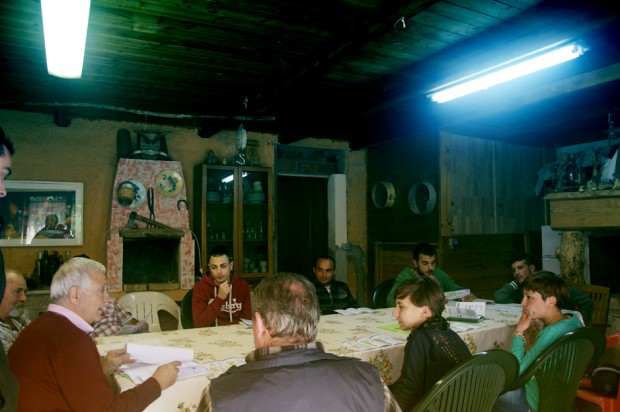
We planned better a strategy to produce something really different and we tried to figure out who could be the key people for the event, also realizing which activities we could really produce without paying any taxes.
In order to produce a flexible prototype for the market desk we tried to check which material we could have for free and how we could have them. Citizens seemed to be very interested and involved in the process, so far.
We are looking forward to go further and push the work to produce a real social and economical movement in the Nurra area.
Our project has a name and a logo!!
Here it is!!! It comes out from a words-game between english and Sardinian language meaning “Meet in Market“. Where “meeting” becomes “Meet-in” and “market” becomes “Marchaddu” (in Sardinian language) and then a short versione as “Marchà” —> MEET-IN MARCHÀ
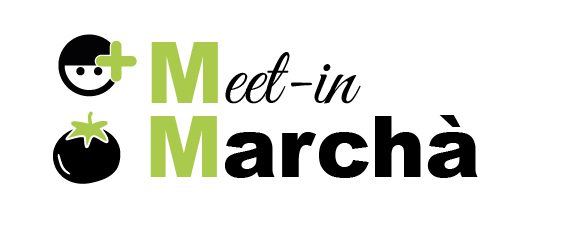
Let’s start to share it and make it working!!
Last progress can be visualized in francesca tocco profile
My work can be visualized on Francesca Tocco’s post
Studying the general strategy we get into a new part of the project.
Our challenge is to create an inverse process where you can start a cooperative without any money.
In the Nurra area people produce their own fruits and vegetables and often they produce a little surplus of its. Thus, our market is conceived for unemployed people and hobby farmers that want to develop a new social economy based on free exchange and direct purchase. This market has few rules in order to allow people to take part of it: so if you want you can buy something or exchange it offering one of your skills.
The strategy is divided in 3 steps.
The first one starts from the resources (both human and natural). The human resources are represented by people (age 20-35) from different small villages, while the natural resources are fruits, vegetables and wine typical of this area of Sardinia.
As designers,we try to organize this existing resources through a local market system where people can sell or exchange the products and their own skills. Through the Facebook page we develop a network of people that helped us to create the brand: Meet-ing Marchà. Involving artists , distributing flyer we promote our test event in order to check if this system can really work and also for the future events.
In the second step the market made in Tottubella start circulate and involving more people from the other small villages, creating an hobby farmers consortium and involving a network of G.A.S. (ethical purchasing groups) of close cities (Sassari, Alghero, Porto Torres).
In the third step the Meet-ing Marchà will expand itself more and more and the producers will need some funds to develop their production because of an increasing demand in order to became a professional farmer.
Now we are planning the next meeting.
Stay tuned!!
After our last step (shown in this post: http://networkedurbanism.com/posts/searching-the-void/), here we introduce our work update.
In the diagram you can see the general concept of our idea and the strategy developed to reach our aim. We started looking for the voids inside the Nurra territory and we found them, especially memory and social voids. We made a selection, finding the ones with a big potential (one for each hamlet): there, we’ll try to reactivate them as public spaces. In the diagram you can see the stakeholders involved, starting from the community as the first “actor” of the process. In order to attract communities in these abandoned places, we’ll make them a simple answer: “what do you want for that? what could it become?”; our input is a simple design project, called “layer 0”, where could be possible to overlap 50 different solutions of public spaces but studied for that particular place. The shock will be given by a performance of mapping projection, where people will be encouraged to give their first feedback about their thoughts relating to that void.
In the “Nurra Tour” we have been affected whit the isolated episods;
little execptions in the low density territory but in the same time as the common denominators, the landmaks that suffer from a loss of memory, functions and productive life.
Here we are. We started working on the void concept and his different variations, visible in the video at the following link:
http://networkedurbanism.com/posts/nurra-empathy/
After this first step, we tried to understand better the Nurra territory, searching for these voids there and knowing that it was possible to find in this big part of north-western Sardinia a strong potential energy, ready to be released. It was very important talking with people in this complex and difficult villages, where the first impression is a state of abandon and resignation of public spaces, contrasting with well-finished and dignified private houses and people, in particular in Tottubella.
So we started figuring out that there were material voids, and we are talking about public buildings and agriculture fields, but also immaterial voids, like social voids. The good new is that people there still has the ability to think about his future and, in particular, a future in that places; not in every Nurra village but in some cases we found people intrested in improving his knowledge and trying to make things better, especially about the place where they live. We talk about people between 15 and 45 years old, and in particular young boys and girls.
We think it’s also important talking with elderly people, ’cause they’re a big part of the community in these villages but, instead of the bar, they have no place to go (like teenagers and children). What’s intresting is that they keep the memory of the villages because they were there when Tottubella, Palmadula and so on were founded.
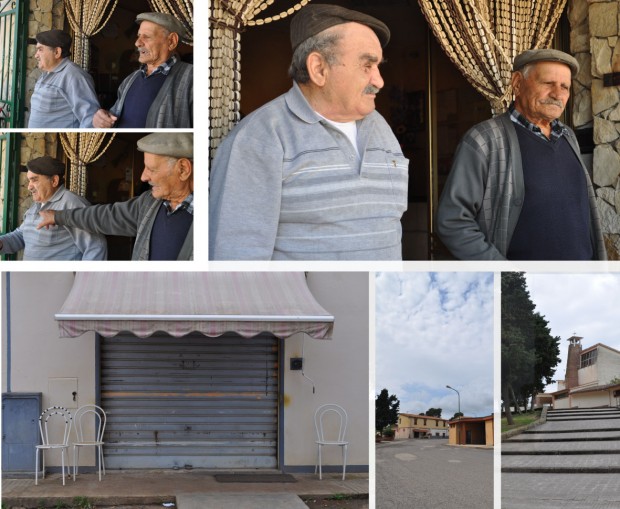
Our next step is finding places where re-activate communities, creating a double grid: one internal to the most important villages, one in which villages are grid nodes themselves, starting from that voids we were searching for.
« Previous 1 2 3 Next »
